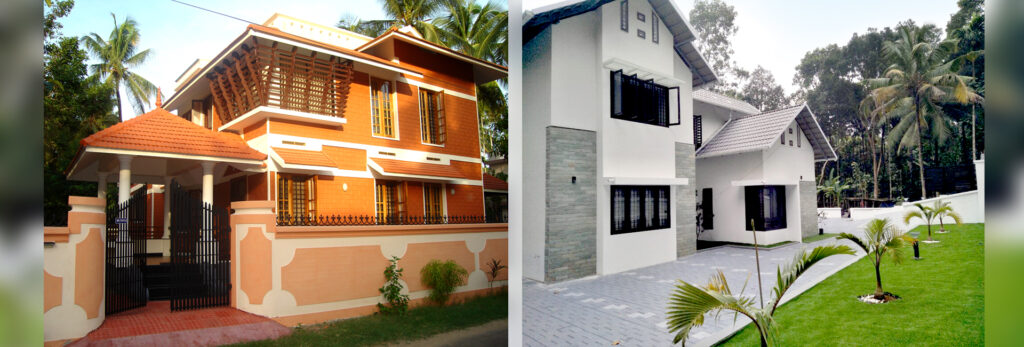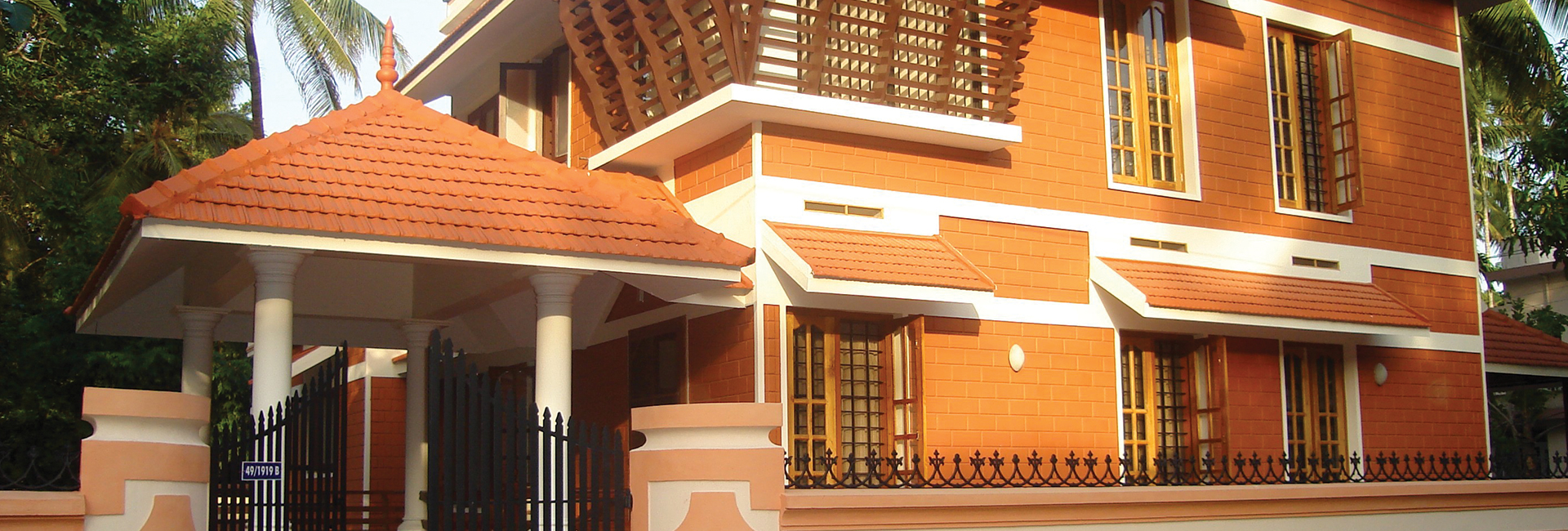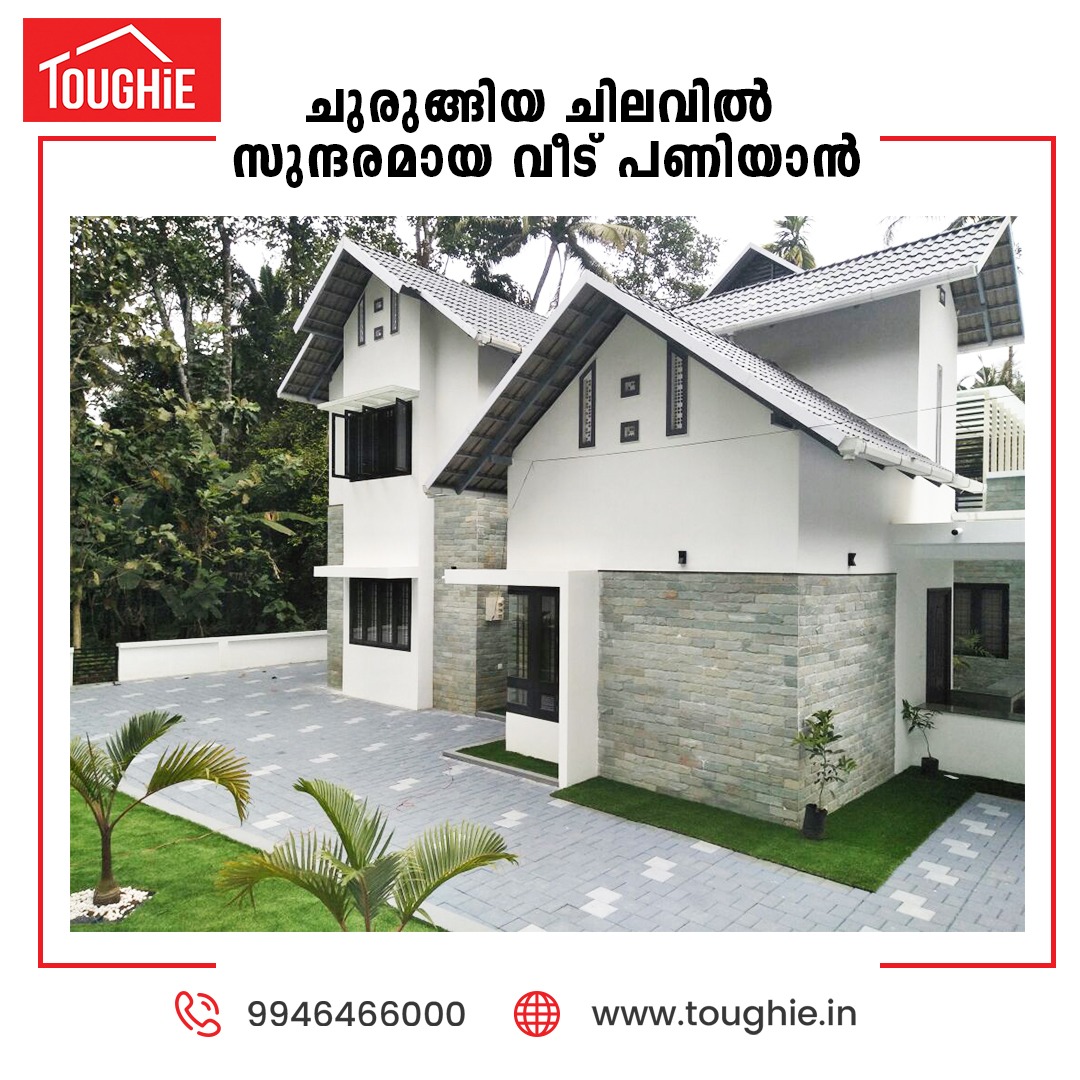
The Environmental benefits of using Interlocking Bricks for Construction
- toughie
- 24 Mar, 2023
Interlocking bricks are an innovative and sustainable alternative to traditional bricks that have gained popularity in recent years. They are a type of brick that can interlock with each other, without the need for mortar, creating a strong and stable structure. The bricks come in a variety of shapes and sizes, allowing them to be used for different construction purposes.
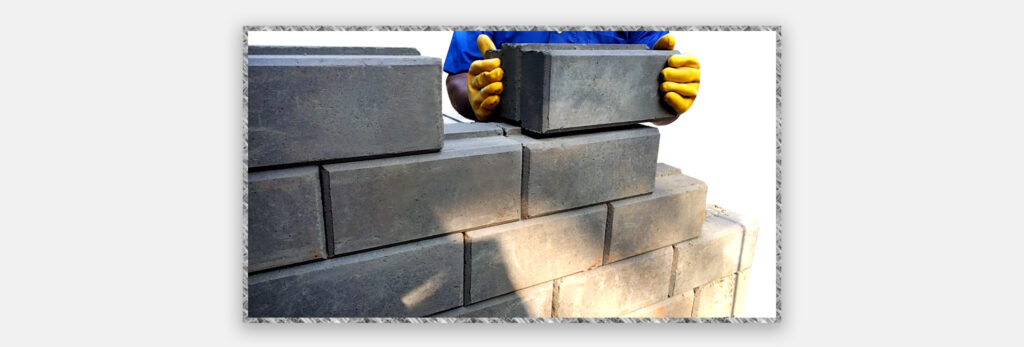
One of the main advantages of interlocking bricks is their environmental sustainability. Traditional bricks require large amounts of energy to manufacture, including burning fossil fuels and emitting harmful greenhouse gases. In contrast, interlocking bricks are made from materials such as soil, clay, sand, and cement, which have a much lower carbon footprint.
Additionally, the production of interlocking bricks requires less water and produces less waste compared to traditional bricks. This is because the interlocking design allows for precise measurements and minimizes the need for cutting or shaping, which reduces the amount of waste generated during the manufacturing process. The bricks can also be easily recycled or reused if needed, further reducing their environmental impact.
Another benefit of interlocking bricks is their versatility in construction projects. They can be used for a wide range of building types, including residential, commercial, and industrial buildings. The interlocking design also allows for faster construction times, as there is no need for mortar, which can speed up the building process and reduce labor costs.
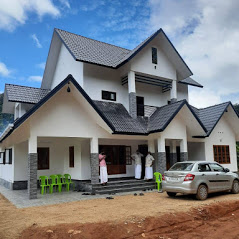
Moreover, interlocking bricks have been used in disaster-resistant construction due to their ability to withstand seismic activity. This has been especially important in areas prone to earthquakes, as traditional brick structures can be vulnerable to collapse during seismic events.
In conclusion, interlocking bricks are a sustainable and versatile alternative to traditional bricks, offering numerous environmental and construction benefits. They are a great option for builders looking to reduce their carbon footprint and create durable and cost-effective structures. As the demand for sustainable building materials continues to grow, interlocking bricks are poised to play a significant role in the future of construction.
